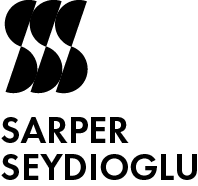As a testament of its cultural values, 'Revolution' is written on METU's stadium.
A close peek at a few input elements of the Design System
Expanded design process of METU Design System, with the addition of two incorporation steps: Inclusion step and Expansion/Adaption step.
A still captured in a workshop facilitated in an early iteration of the Design System.
Harmony & Versatility: Tints and hues were derived from the main tones that sit at the middle. ↑
Shape library of the design system, including token variants: rounding steps, corner booleans, border thickness, border spacing, and (shadow) elevation levels.
Various types of content cards for different use cases.
"Intelligent Search for Academic Resources": a tailored yet versatile organism.
One of the latest university main page iterations that's designed in v0.9.1 of the Design System.
